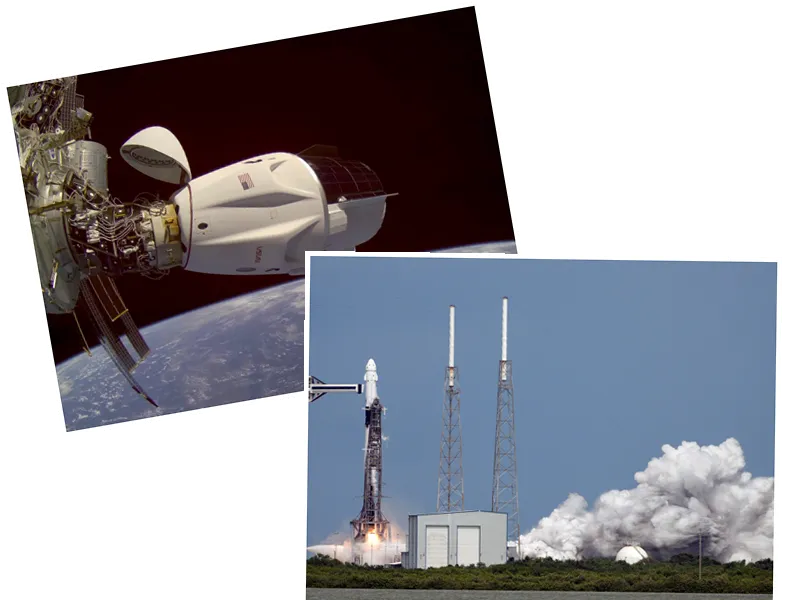NASA's Europa Clipper Mission Launches to Explore Jupiter's Moon
NASA has successfully launched its Europa Clipper mission, aimed at exploring Jupiter's moon Europa, which is believed to harbor a subsurface ocean beneath its icy crust. The spacecraft took off from Kennedy Space Center in Florida aboard a SpaceX Falcon Heavy rocket. The mission is set to last approximately 5.5 years and will cover a distance of about 3 billion kilometers before reaching Europa in 2030.
The Europa Clipper is equipped with advanced scientific instruments, including a radar developed in collaboration with the University of Trento, designed to penetrate the moon's thick ice. This mission represents significant international cooperation, with contributions from various scientific institutions. The spacecraft will conduct 49 low-altitude flybys of Europa, coming as close as 25 kilometers to the surface, to gather critical data about the moon's geology and potential habitability.
Understanding Europa's Potential for Life
Europa has long been considered one of the most promising locations in the solar system for the search for extraterrestrial life due to its suspected ocean, which is believed to contain twice the volume of all of Earth's oceans combined. The primary goal of the Europa Clipper mission is to assess whether the moon has the right conditions to support life, including the presence of liquid water, essential chemistry, and energy sources.
Bonnie Buratti, the deputy mission scientist, emphasized the importance of understanding the moon's ice composition and internal structure. The mission's findings could shed light on the existence of small lagoons and the depth of the subsurface ocean, further informing scientists about Europa's potential for life.
Overcoming Challenges and Future Prospects
The launch of Europa Clipper faced delays due to Hurricane Milton, but the mission team remained focused on its goals. The spacecraft will navigate through Jupiter's intense radiation environment, which is about 20,000 times stronger than Earth's. Instead of orbiting Europa directly, the mission will maintain a safe distance, allowing for detailed observations without risking damage to its instruments.
This mission marks a historic moment as it is the first dedicated mission to Europa and the first time NASA has studied an ocean world beyond Earth. With previous observations from missions like Voyager and Galileo, the Europa Clipper will provide unprecedented insights into this intriguing moon, enhancing our understanding of the potential for life in our solar system.





